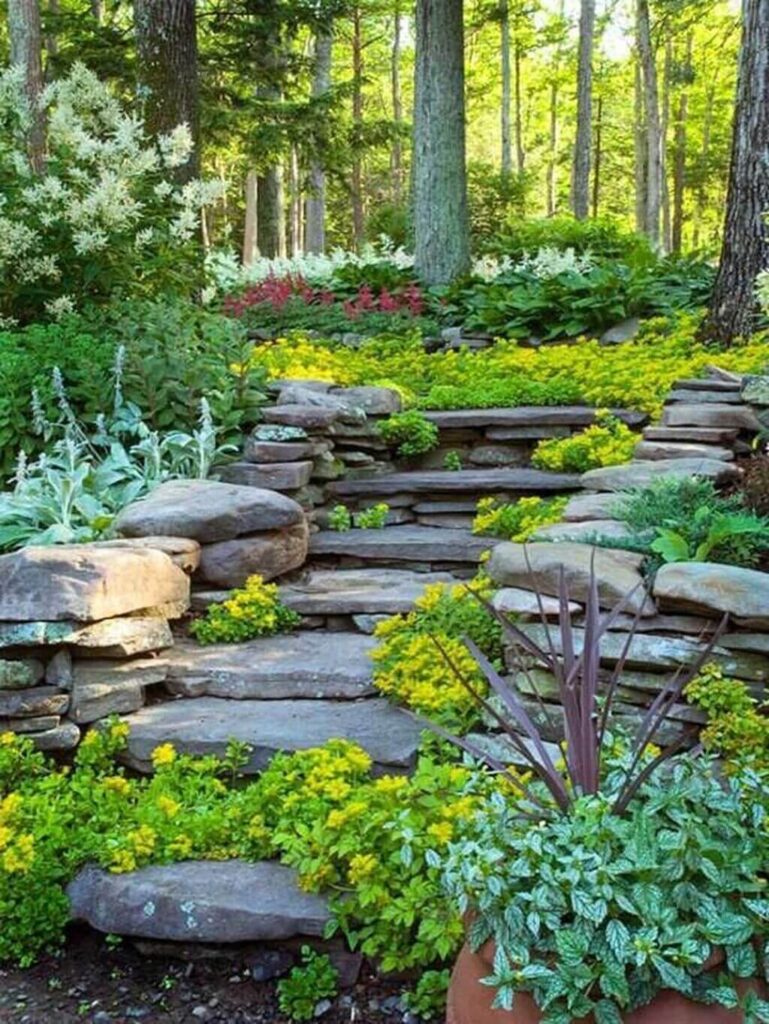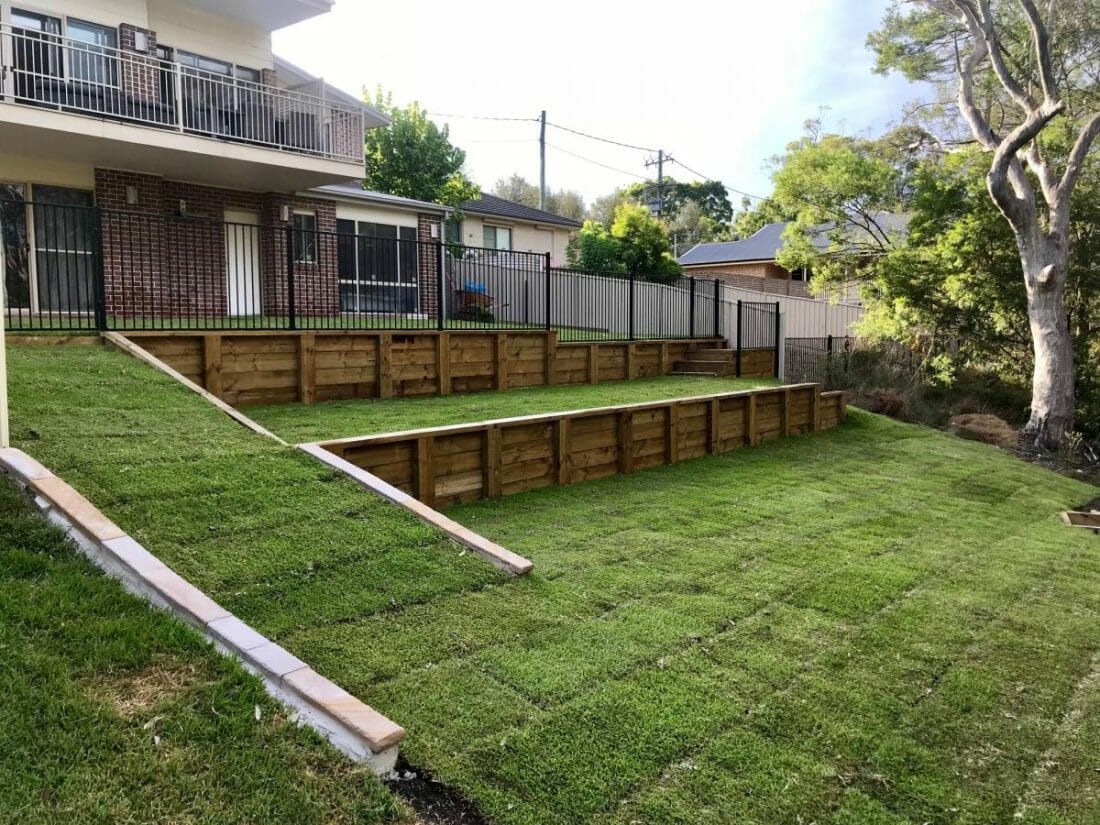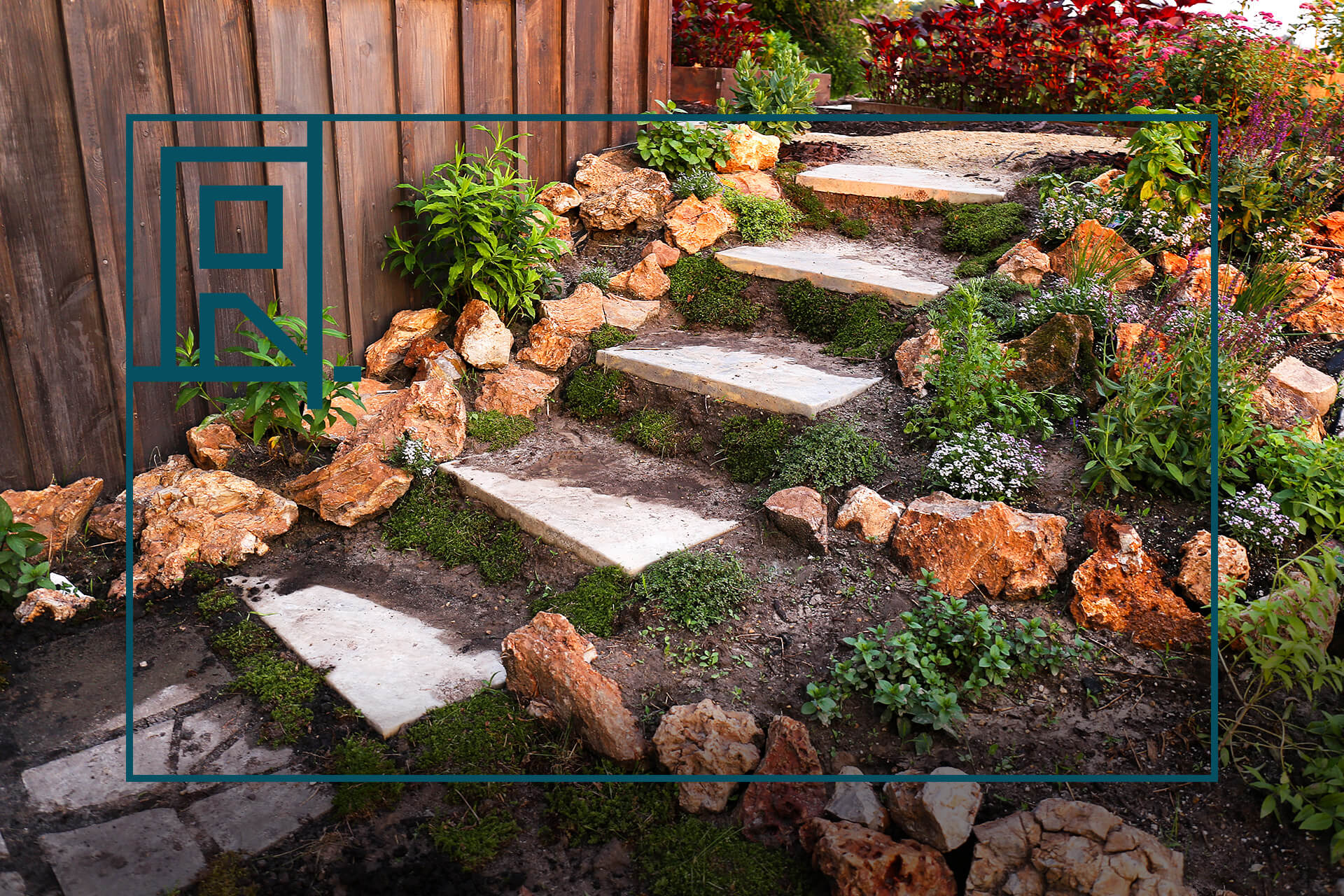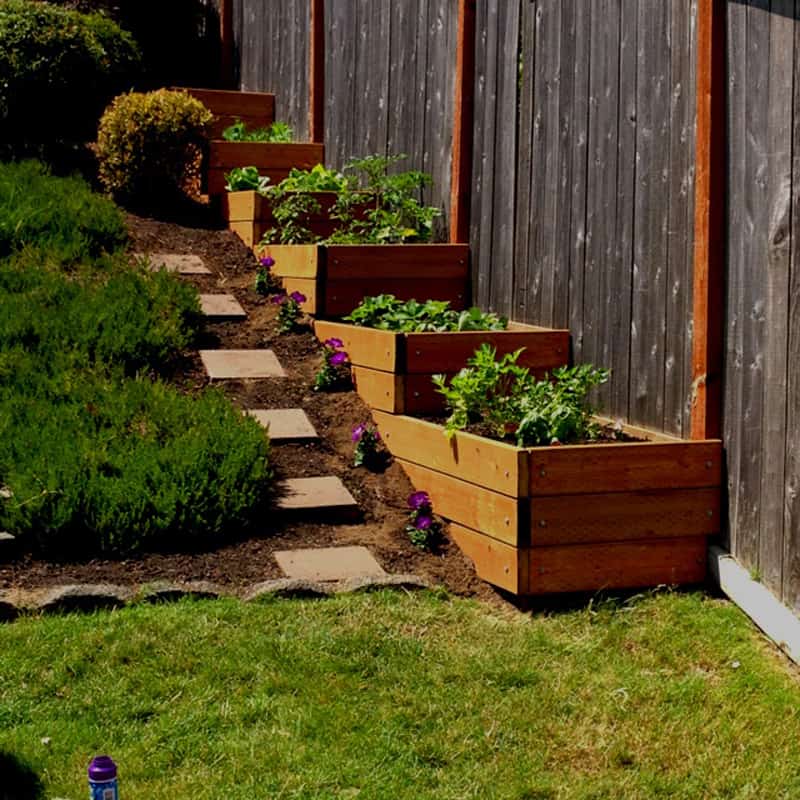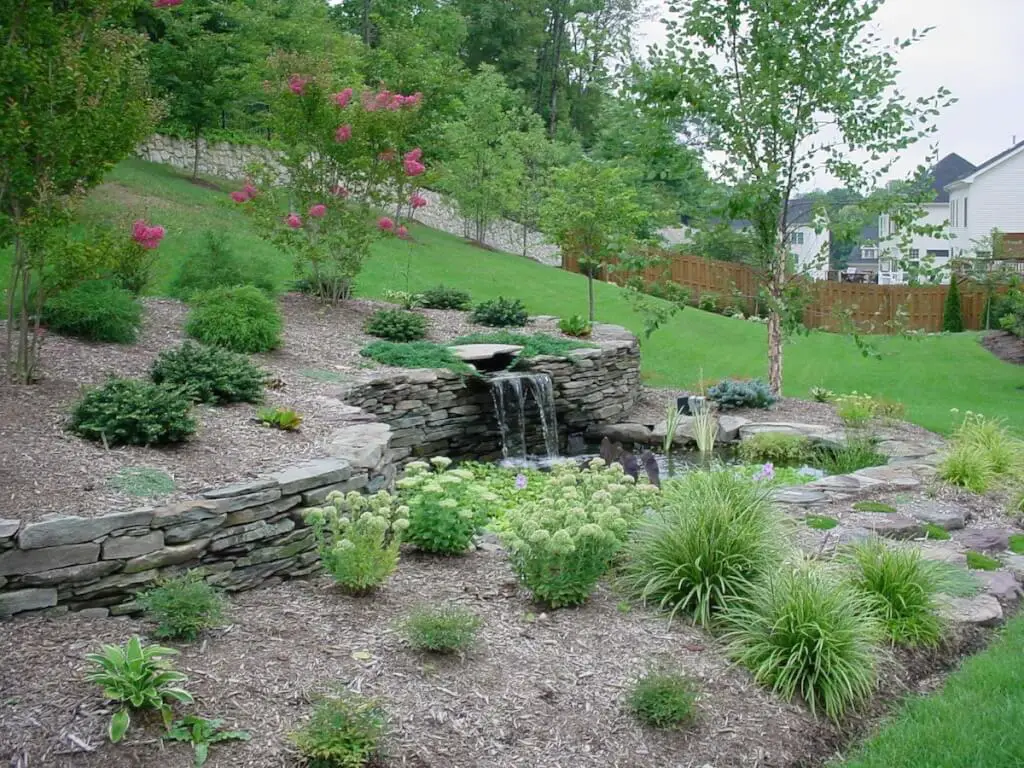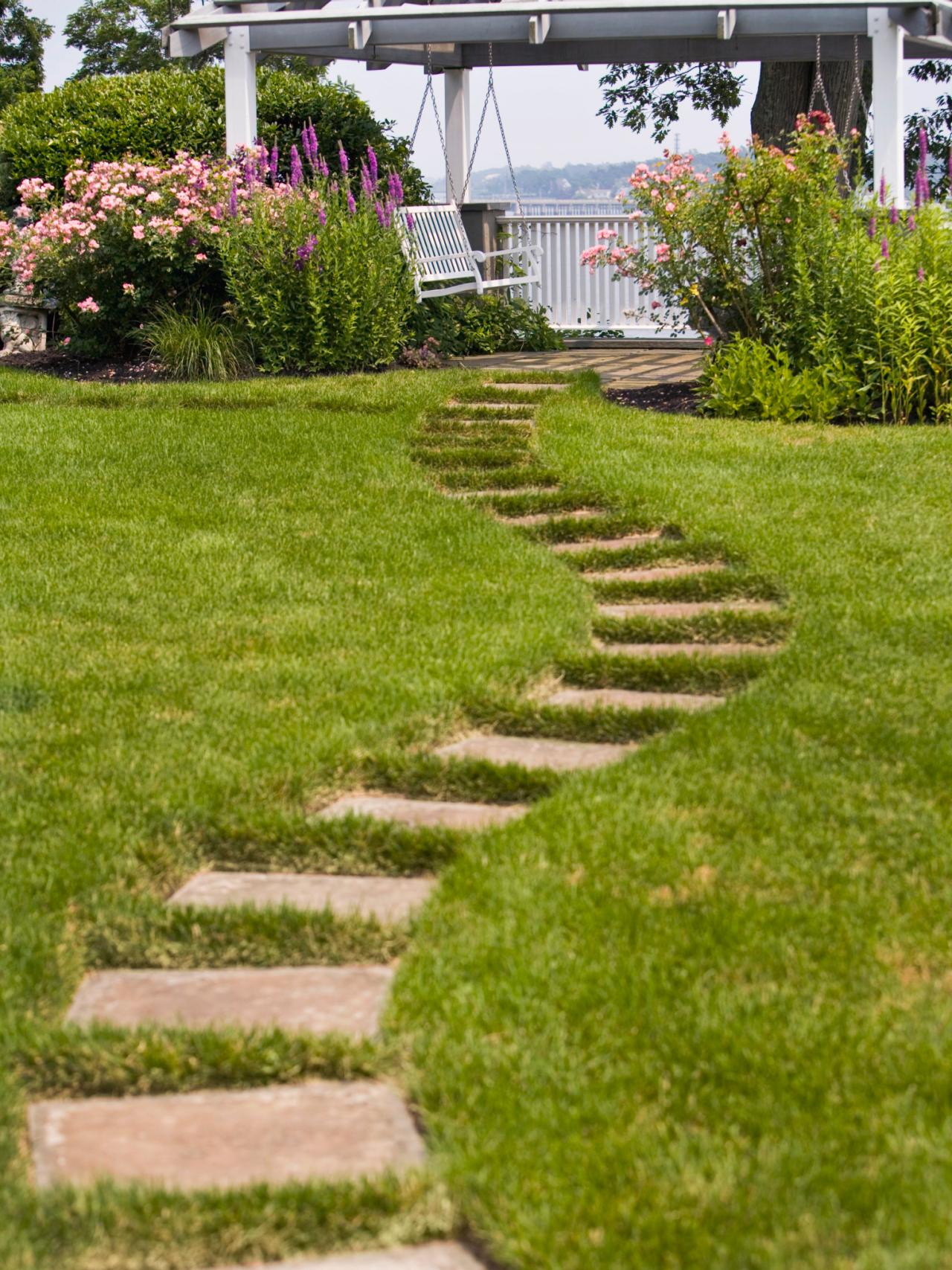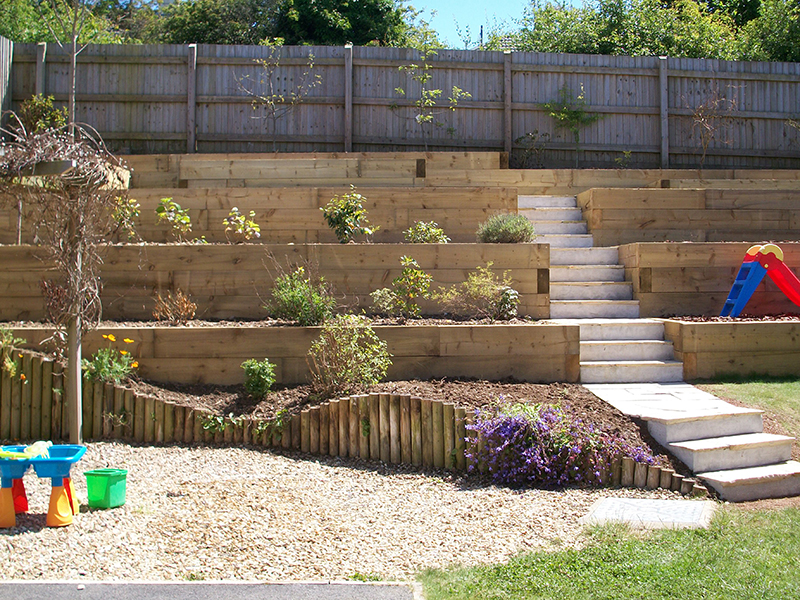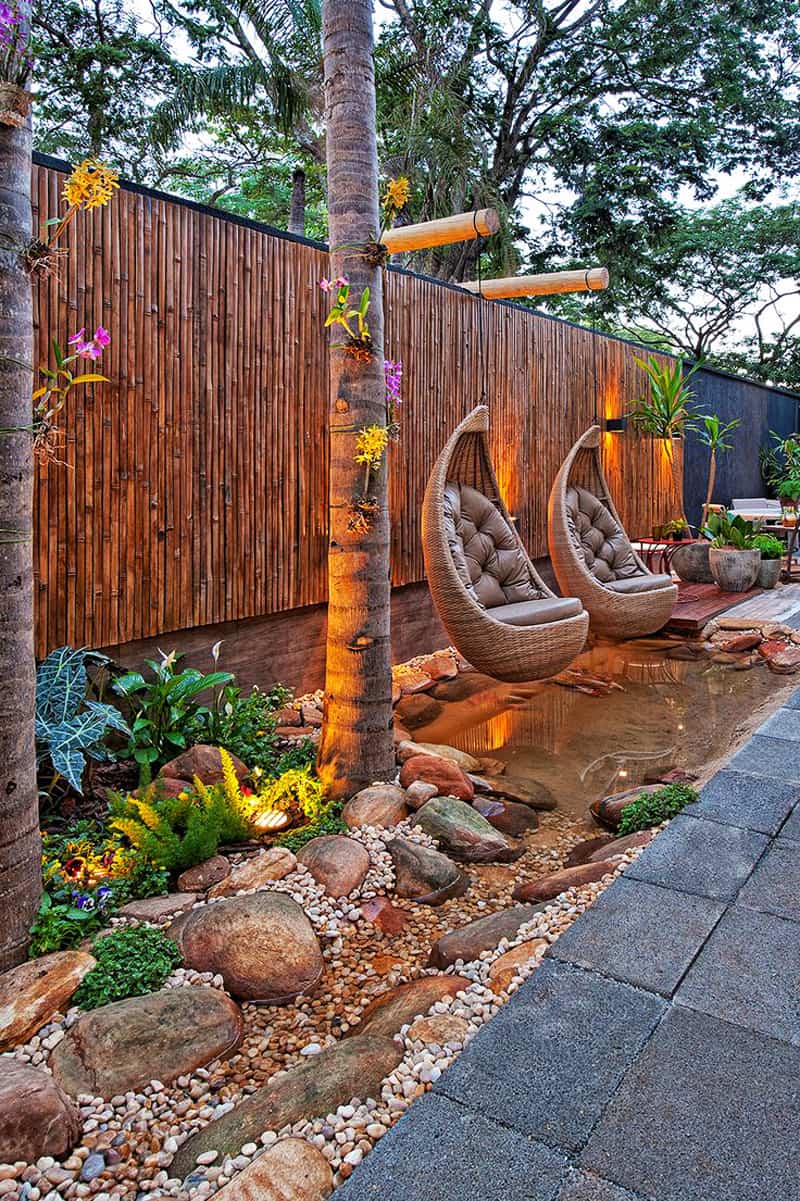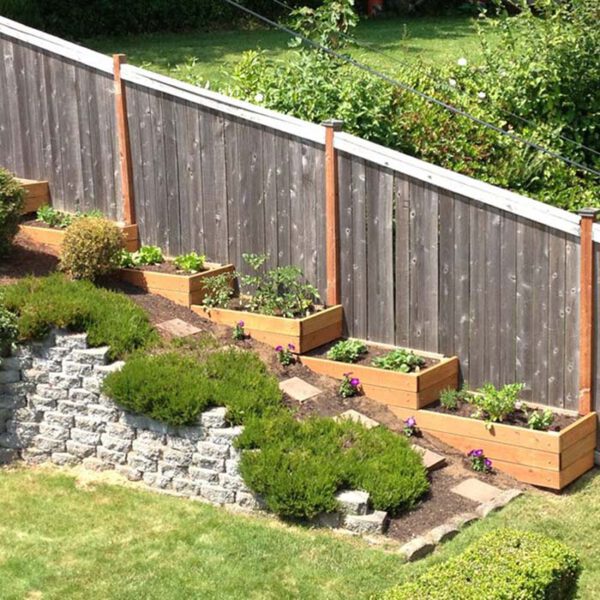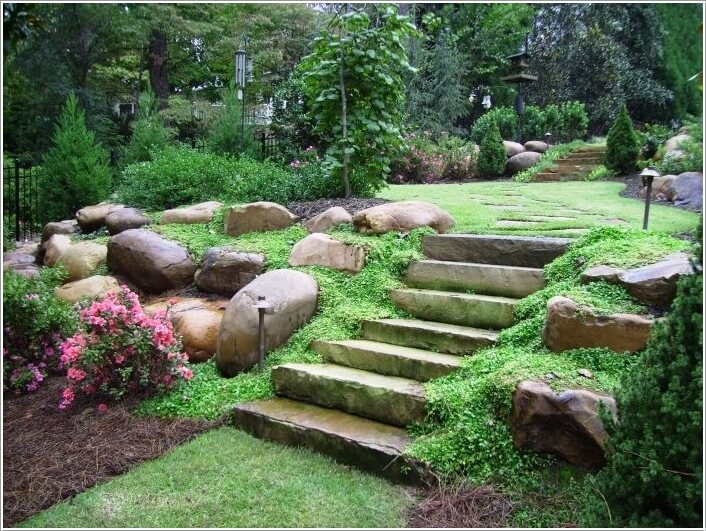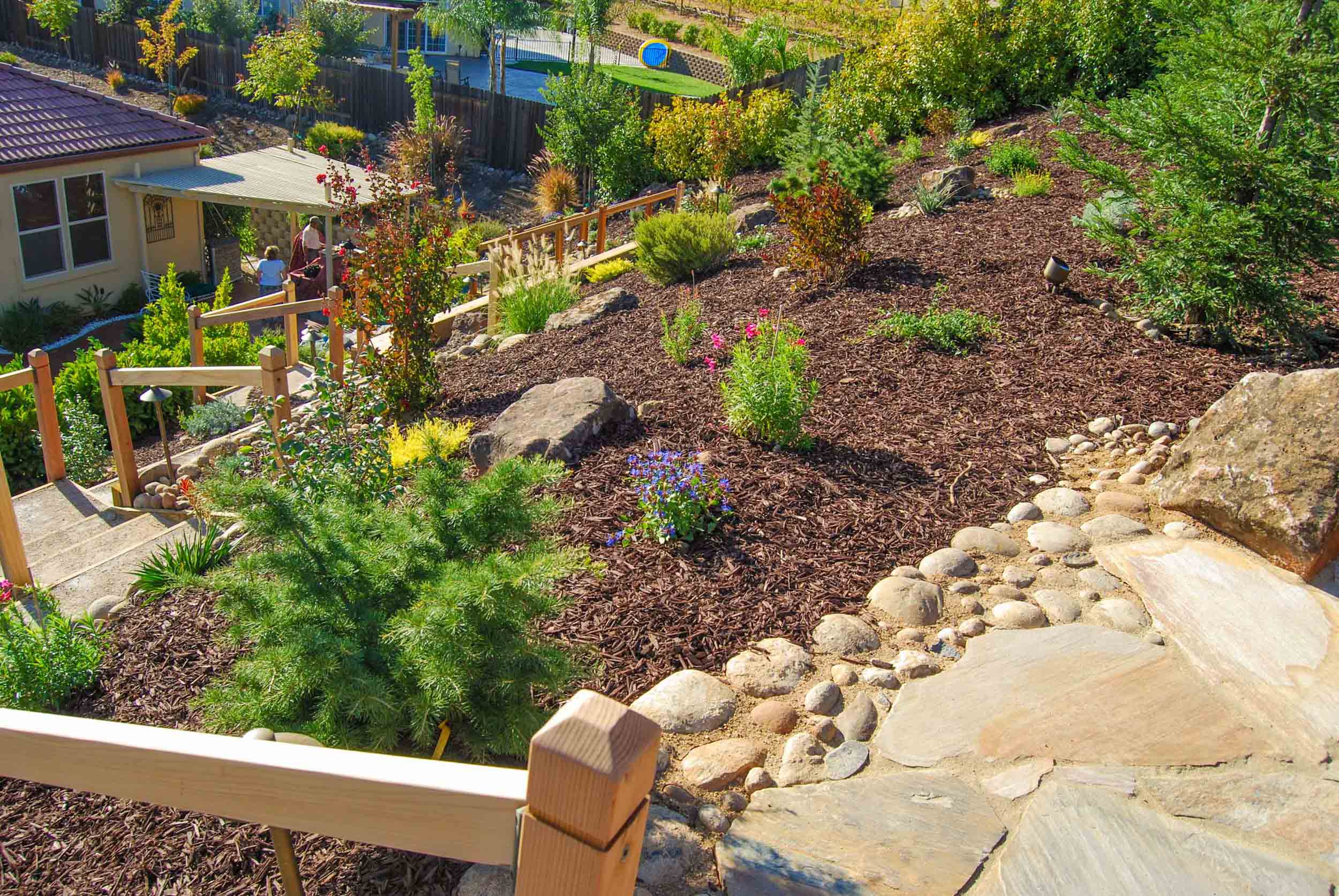What To Do With A Sloped Backyard
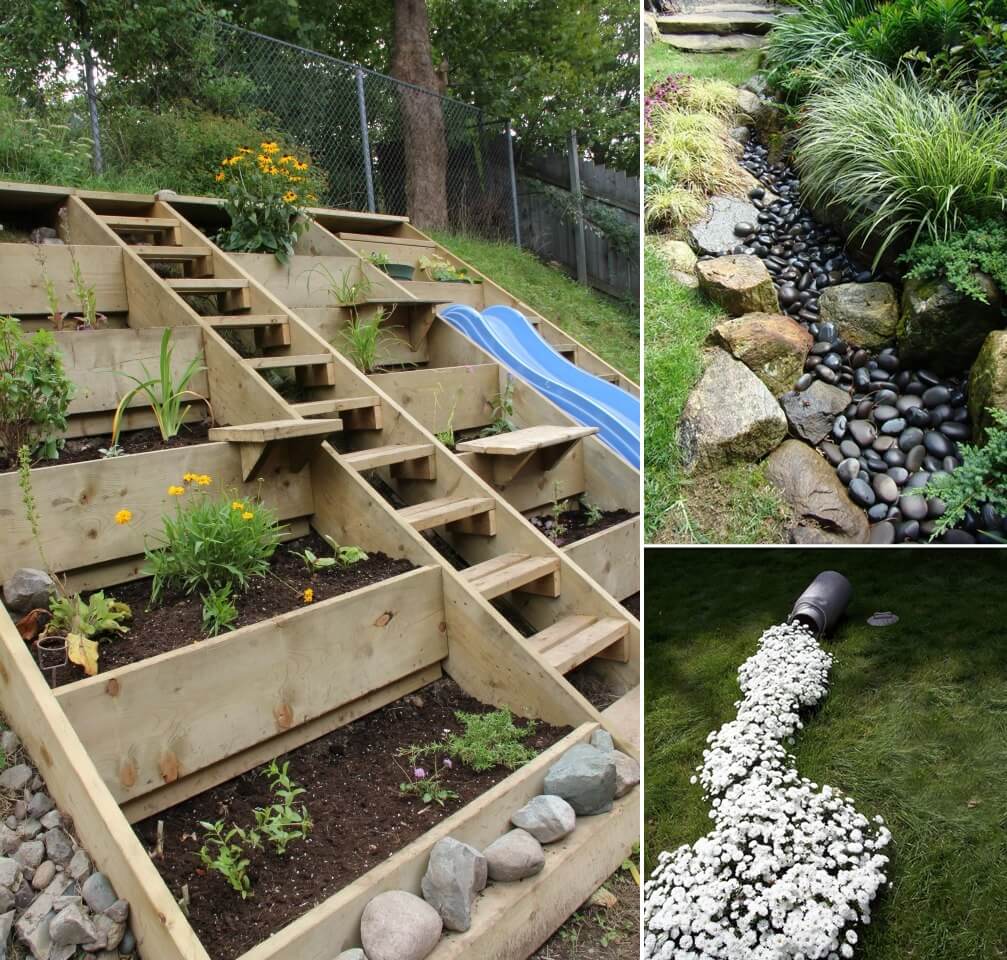
The dream of a lush, inviting backyard oasis often clashes with the reality of a steep, unforgiving slope. Instead of backyard barbecues, many homeowners face erosion nightmares and unusable space. But before resigning yourself to a barren hillside, know that a sloped backyard presents unique opportunities for creative landscaping and functional design.
This article explores various strategies for transforming a sloped backyard into a stunning and practical extension of your home. From terracing and retaining walls to drought-tolerant planting and water management solutions, we'll delve into proven methods for stabilizing the land, enhancing its aesthetic appeal, and maximizing its usability. We will address common challenges, provide expert advice, and inspire you with innovative ideas to reclaim your sloping landscape.
Understanding the Challenges and Opportunities
Sloped backyards pose a range of challenges, primarily related to erosion and accessibility. Water runoff can quickly wash away topsoil, leading to barren patches and undermining the structural integrity of the slope. Navigating a steep incline can also be difficult, especially for individuals with mobility issues or young children.
However, these challenges also present unique opportunities for creativity and innovation. A slope can be transformed into a dramatic focal point, offering stunning views and a sense of privacy. The natural drainage provided by the slope can be harnessed to create water features or drought-tolerant gardens.
Terracing: Leveling the Playing Field
Terracing is a classic and effective method for managing sloped backyards. It involves creating a series of level platforms, or terraces, supported by retaining walls. This approach not only stabilizes the slope but also creates usable flat areas for gardening, entertaining, or simply relaxing.
According to the National Gardening Association, terracing can significantly reduce erosion and improve soil health. Retaining walls can be constructed from a variety of materials, including stone, brick, timber, and concrete, allowing you to customize the look and feel of your terraced landscape. The choice of material depends on budget, aesthetic preference, and the overall design of the backyard.
Retaining Wall Considerations
Before embarking on a terracing project, it's crucial to consider the structural integrity of the retaining walls. Proper drainage is essential to prevent water from building up behind the wall, which can lead to collapse. A qualified landscape architect or engineer can provide expert advice on the design and construction of retaining walls that meet local building codes and withstand the forces of nature.
Permits may be required for retaining walls exceeding a certain height, so it's important to check with your local municipality before starting the project. Local regulations often dictate the maximum height of retaining walls and may require engineering plans for walls above a certain size.
Planting for Erosion Control and Beauty
Vegetation plays a critical role in stabilizing sloped backyards and preventing erosion. Deep-rooted plants are particularly effective at holding soil in place and slowing down water runoff. Ground cover, such as creeping thyme or sedum, can provide a dense mat of foliage that protects the soil surface.
The United States Department of Agriculture (USDA) recommends selecting native plants that are well-adapted to the local climate and soil conditions. Native plants require less water and fertilizer than non-native species, making them a sustainable choice for sloped backyards. They also attract beneficial insects and pollinators, contributing to a healthy ecosystem.
Drought-Tolerant Landscaping
In arid or semi-arid regions, drought-tolerant landscaping, also known as xeriscaping, is an excellent option for sloped backyards. This approach utilizes plants that require minimal water, reducing the need for irrigation and conserving valuable resources. Succulents, such as agave and aloe, are popular choices for xeriscaping due to their ability to store water in their leaves and stems.
Gravel, rocks, and mulch can also be used to create a visually appealing and low-maintenance landscape. Mulch helps to retain moisture in the soil, suppress weeds, and prevent erosion. Rocks and gravel can be used to create pathways, dry creek beds, or decorative accents.
Water Management Strategies
Effective water management is crucial for preventing erosion and protecting the structural integrity of a sloped backyard. A well-designed drainage system can channel water away from vulnerable areas and prevent water from pooling around retaining walls or foundations.
Surface drains, such as French drains or swales, can be used to collect and redirect water runoff. French drains are trenches filled with gravel that allow water to percolate into the soil. Swales are shallow depressions that channel water along a specific path.
Rain Gardens and Water Harvesting
Rain gardens are another effective way to manage water runoff and create a beautiful landscape feature. These shallow depressions are planted with water-loving plants that filter pollutants and reduce the amount of water entering the storm drain system. Rainwater harvesting systems can collect rainwater from rooftops and store it for later use in irrigation. This reduces reliance on municipal water sources and helps to conserve water.
According to the Environmental Protection Agency (EPA), rainwater harvesting can significantly reduce water bills and improve water quality. These systems can range from simple rain barrels to sophisticated underground storage tanks.
Creating Functional Spaces
A sloped backyard can be transformed into a functional and inviting outdoor living space with careful planning and design. Terraces can be used to create distinct zones for different activities, such as dining, lounging, or gardening. Steps and pathways can be incorporated to provide safe and easy access to different areas of the backyard.
Consider adding features such as a patio, a deck, or a fire pit to create a cozy and inviting atmosphere. Outdoor lighting can extend the usability of the backyard into the evening hours. Strategic lighting can highlight the architectural features of the landscape and create a sense of ambiance.
Ultimately, the key to successfully transforming a sloped backyard is to embrace its unique characteristics and work with the natural contours of the land. A well-designed and properly implemented plan can turn a challenging landscape into a stunning and functional outdoor space that enhances the value and enjoyment of your home.

